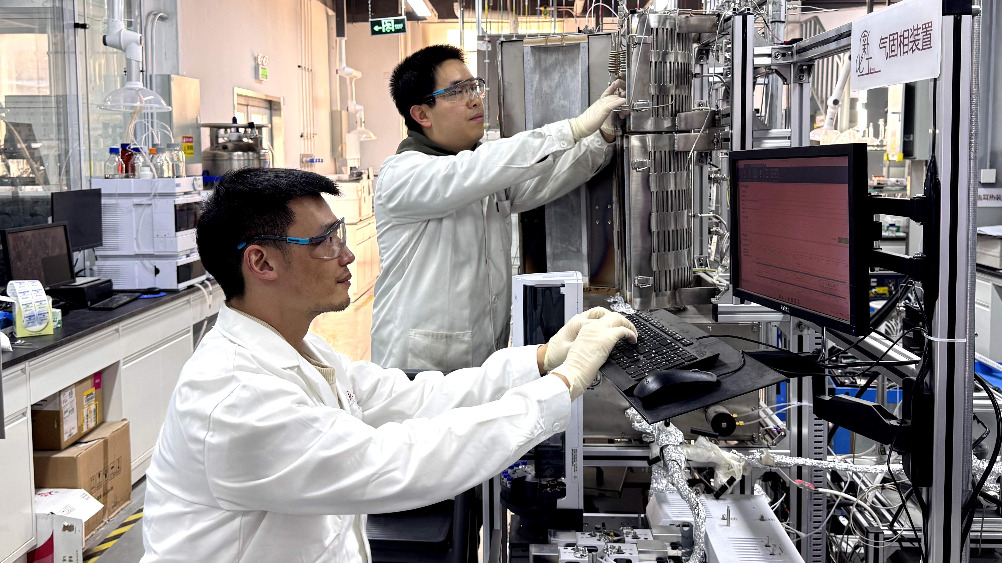Revolutionizing Hydrogen Production: Green and Economically Viable Method Unveiled
Key Ideas
- An international team led by Peking University introduced a groundbreaking method for hydrogen production that eliminates direct CO2 emissions, offering a sustainable and cost-effective solution.
- The innovative bimetallic catalyst developed by the research team allows for hydrogen production from bioethanol at a lower temperature of 270 degrees Celsius, significantly reducing energy consumption and emissions.
- In addition to hydrogen, this new process co-produces valuable acetic acid, showcasing economic potential and scalability at an industrial level, contributing to the green hydrogen economy.
- The study underscores the pivotal role of this catalytic technology in advancing the green hydrogen sector and aligning with global carbon neutrality objectives, emphasizing the importance of sustainable solutions in the chemical industry.
A team of scientists, spearheaded by Peking University in Beijing, has unveiled a revolutionary method for hydrogen production that could reshape the industry's landscape. Traditional approaches to producing hydrogen have long been associated with high energy consumption and significant CO2 emissions. However, this study, published in Science, introduces a novel bimetallic catalyst that enables the production of hydrogen from bioethanol and water at a mere 270 degrees Celsius, a significantly lower temperature compared to conventional methods. This breakthrough not only addresses environmental concerns by eliminating direct CO2 emissions but also unlocks the co-production of valuable acetic acid, offering economic benefits. The research emphasizes the scalability and commercial viability of this new method on an industrial scale. Lead researcher Ma Ding highlights the importance of sustainable production methods in meeting global emissions targets and positioning hydrogen as a key solution. Collaborating with institutions like the University of the Chinese Academy of Sciences and Cardiff University, this study signifies a significant step towards a greener hydrogen economy and the pursuit of carbon neutrality goals.
